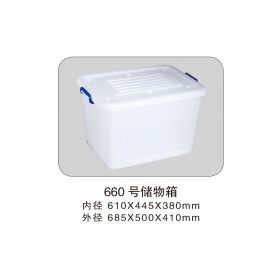
XH1008-140网格九脚
人气:9542面议

XH1010-140网格九脚A型
人气:9977面议

XH1010-140网格九脚B型
人气:9040面议

XH1109-140网格九脚
人气:10012面议

XH1111-140网格九脚
人气:9534面议

XH1208-140网格九脚
人气:9063面议

XH1210-140网格九脚A型
人气:9299面议

XH1210-140网格九脚B型
人气:8838面议

水箱30L
人气:5153面议

水箱70L
人气:8264面议

水箱90L
人气:8066面议

水箱120L
人气:7726面议

水箱140L
人气:7897面议

水箱160L
人气:7894面议

水箱200L
人气:8110面议

水箱300L
人气:8000面议

780号储物箱
人气:6644面议

730号储物箱
人气:6558面议

660号储物箱
人气:6556面议

610号储物箱
人气:6674面议

560号储物箱
人气:6510面议

500号储物箱
人气:6576面议

460号储物箱
人气:6607面议

430号储物箱
人气:6584面议